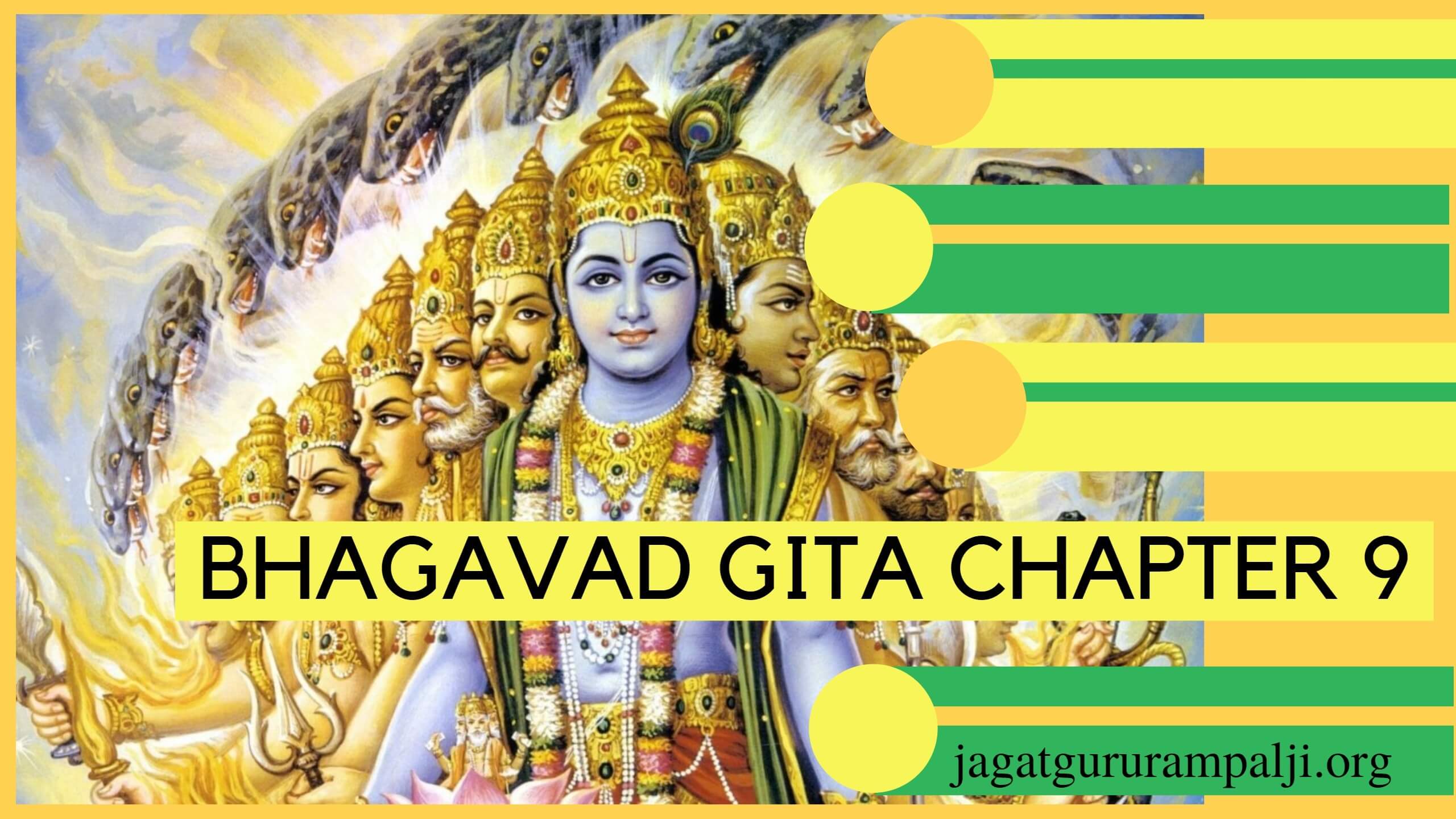
Thus this chapter is entitled: Action and Renunciation. Here He explains how salvation is attained by the pursuance of these paths. In chapter five Lord Krishna delineates the concepts of action with detachment and renunciation in actions explaining that both are a means to the same goal. Thus this chapter is entitled: Approaching the Ultimate Truth. Here He also explains the paths of action and knowledge as well as the wisdom regarding the supreme knowledge which results at the culmination of the two paths. In chapter four Lord Krishna reveals how spiritual knowledge is received by disciple succession and the reason and nature of His descent into the material worlds. Thus this chapter is entitled: The Eternal Duties of Human Beings. All these points relating to duty have been described in great detail.
#SRIMAD BHAGAVAD GITA CHAPTER 2 PLUS#
Plus what actions lead to bondage and what actions lead to salvation. Further the Lord explains why such duties must be performed, what benefit is gained by performing them, what harm is caused by not performing them. Here Lord Krishna categorically and comprehensively explains how it is the duty of each and every member of society to carry out their functions and responsibilities in their respective stage of life according to the rules and regulations of the society in which one lives. Thus this chapter is entitled: The Eternal Reality of the Souls' Immortality.Ĭhapter three establishes the fact by various points of view that the performance of prescribed duties is obligatory for everyone.

Predominance has been given to the immortal nature of the soul existing within all living entities and it has been described in great detail. Here many subjects are explained such as: karma yoga, jnana yoga, sankhya yoga, buddih yoga and the atma which is the soul. This chapter is softened deemed as a summary to the emtire Bhagavad-Gita.
#SRIMAD BHAGAVAD GITA CHAPTER 2 HOW TO#
In chapter two Arjuna accepts the position as a disciple of Lord Krishna and taking complete of Him requests the Lord to instruct him in how to dispel his lamentation and grief. Thus this chapter is entitled: Lamenting the Consequence of War. After naming the principal warriors on both sides, Arjunas growing dejection is described due to the fear of losing friends and relatives in the course of the impending war and the subsequent sins attached to such actions. The main characters are the Supreme Lord Krishna and Prince Arjuna, witnessed by four million soldiers led by their respective military commanders. The scene is the sacred plain of Kuruksetra. These chapters are:Ĭhapter one introduces the scene, the setting, the circumstances and the characters involved determining the reasons for the Bhagavad-Gita's revelation. The first six chapters have been classified as the Karma Yoga section as they mainly deal with the science of the individual consciousness attaining communion with the Ultimate Consciousness through actions. So each chapter is a highly specialized yoga revealing the path of attaining realization of the Ultimate Truth. Yoga is the science of the individual consciousness attaining communion with the Ultimate Consciousness. The Bhagavad-Gita consists of 18 chapters. As well precise information of the positions of the constellation at the commencement of the Battle of Kuruksetra have been given in the great historical epic Mahabharata itself, which is based on the 26,920 year astronomical cycle known as the precession of the equinoxes which is the time it takes our solar system to revolve around the central sun. with Lord Krishna reciting the Bhagavad-Gita before its commencement. Also according to the Aihole inscription of Pulakesin II, the Battle of Kuruksetra took place in 3102 B.C. can be verified by any knowledgeable ideologist in India based on the fact that this was the year when the Pandava King Yudhisthira ascended the throne and was coronated as emperor of the Earth.

So first and foremost it should be clearly understood that the eternal knowledge of the Bhagavad-Gita has not been influenced by Buddhism, Christianity, Hebrewism or Islam for these religions did not exist at that time and were established millenniums later. This date corresponds to 1700 years before Moses, 2500 years before Buddha, 3000 years before Jesus and 3800 years before Mohammed. just prior to the commencement of the Mahabharata war.


Lord Krishna spoke the Bhagavad-Gita on the battlefield of Kuruksetra in 3102 B.C.


 0 kommentar(er)
0 kommentar(er)
